Let’s embark on a culinary journey through Europe and explore the signature dishes of over 20 countries in the region!
Czech Republic: Knedlíky Knedlíky
Czech dumplings, are a traditional Czech delicacy. Typically made from potatoes (or sometimes bread), these dumplings are often filled with smoked meat paired with spinach or sauerkraut.

Dumplings can be pan-fried with eggs for a delicious breakfast. They can also be paired with creamy sauce and lingonberries, creating a rich and flavorful combination.

Hungary: Goulash Goulash
It is typically a stew, but it can also refer to a meat-based sauce or soup. This meat stew gained popularity during the medieval famine era and can be found in almost every European country.
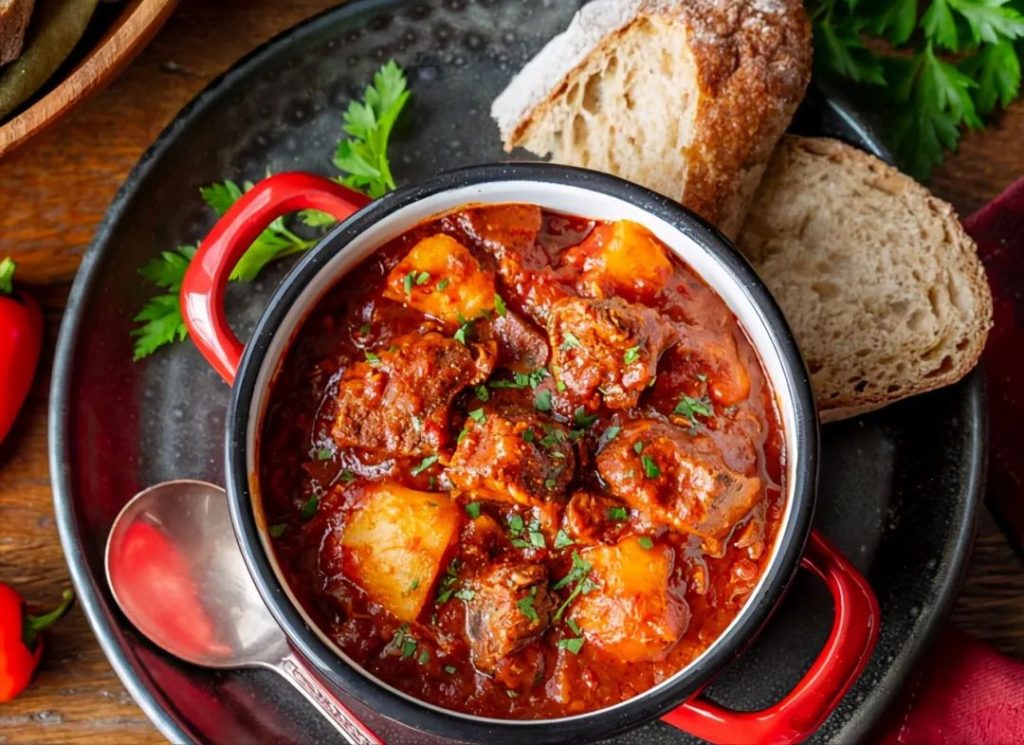
The name ‘Goulash’ comes from ‘gulyás,’ meaning herdsman or cowboy, reflecting the pastoral lifestyle of Eastern Europeans during that time. They utilized every part of the animal in their diet. Goulash can be made with various meats, often including a collagen-rich bone to create a thick, flavorful sauce.

Bulgaria: Banitsa Banitsa is a pastry made from thin layers of filo dough. The name ‘Banitsa’ comes from the Bulgarian verb ‘bend,’ representing the process of folding the pastry.
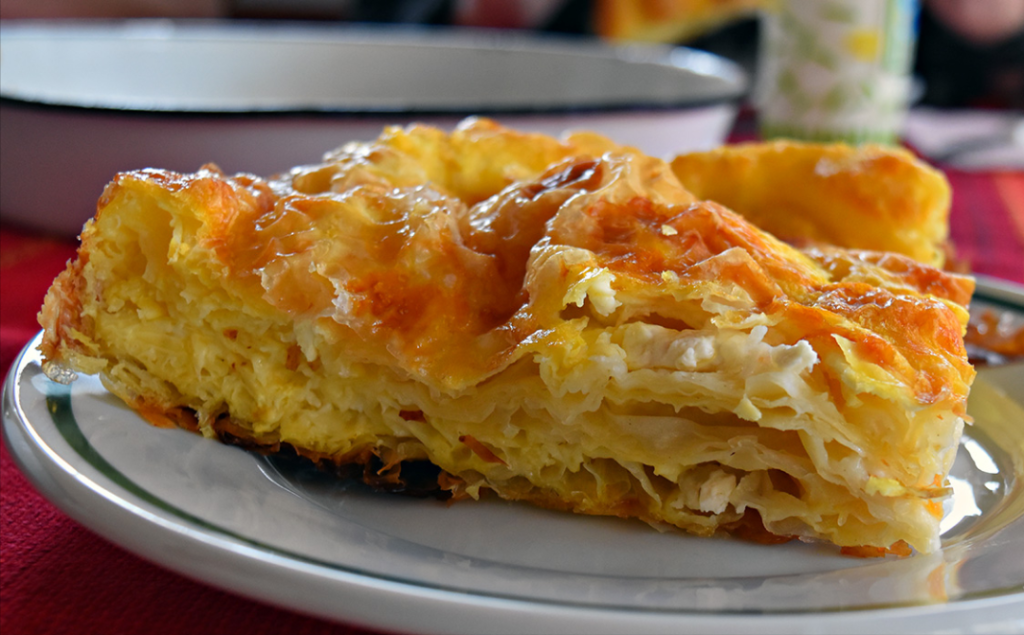
Banitsa can be both a dessert and a main dish, depending on the chosen filling. Traditionally made for special occasions like New Year’s Eve, it may include a coin or symbolic item in the pastry, symbolizing luck or wealth.
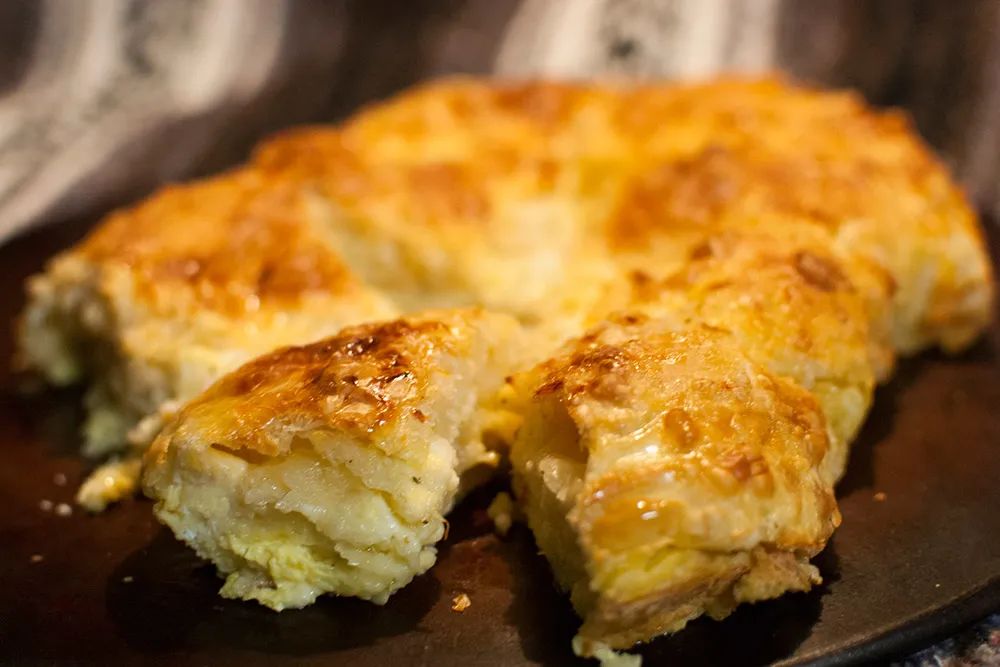
Belgium: Moules Frites
The origin of fried potatoes, whether from France or Belgium, remains a matter of debate, but there’s no doubt about the popularity of fries in Belgium.
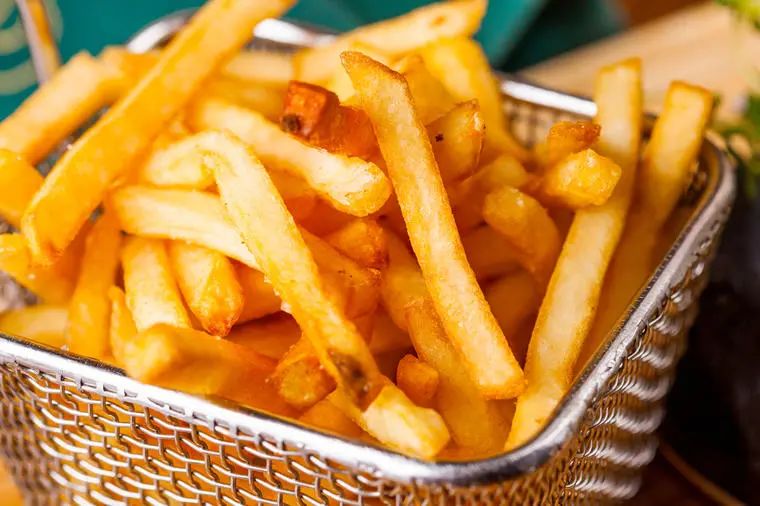
Moules Frites, a combination of mussels and fries, is popular in Belgium, as well as in the Netherlands and France. The most common method of preparing mussels involves cooking them with white wine, parsley, and green onions, making it a quintessential dish in Belgium.
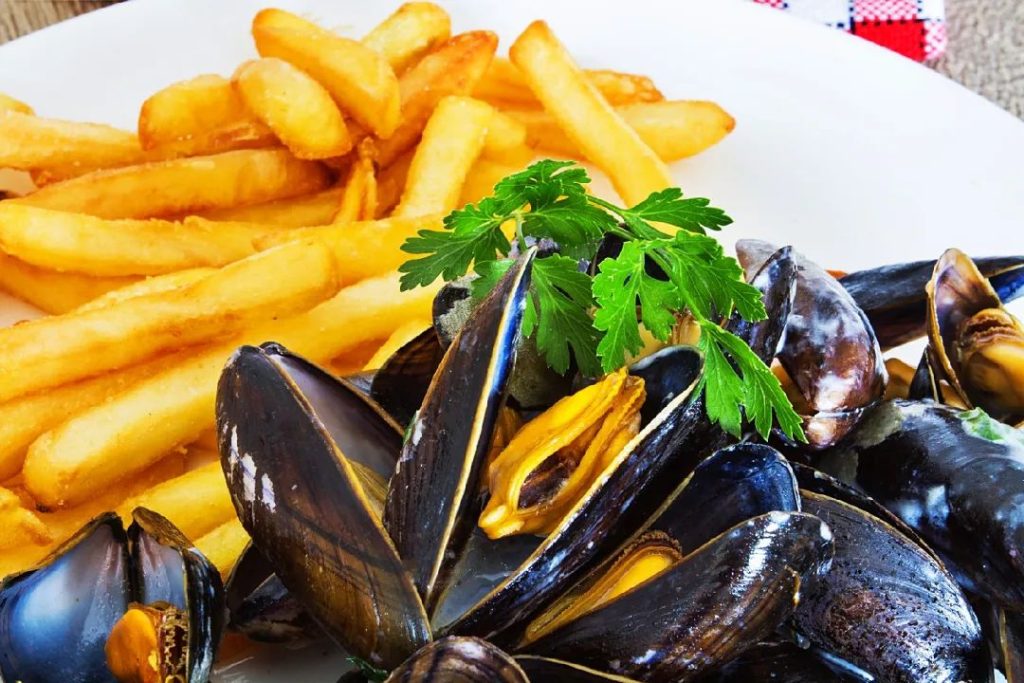
France: Pot-Au-Feu
Pot-Au-Feu is a French beef stew that has been a culinary staple in France for decades.
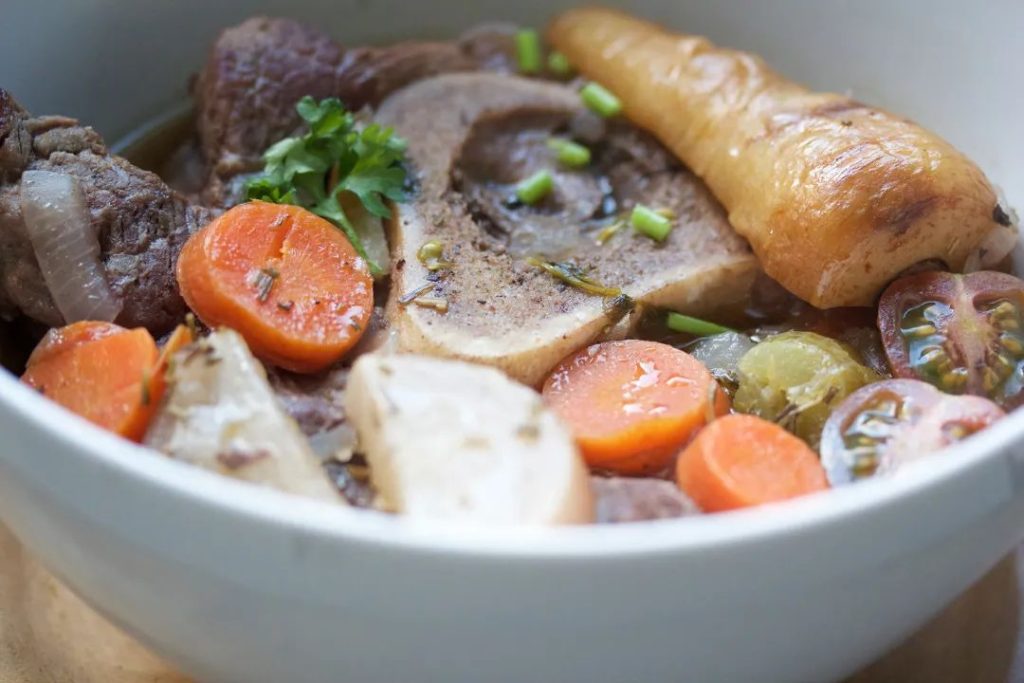
Around 1600, Pot-Au-Feu gained popularity among the lower classes in France. It was a dish made by simmering meat with root vegetables like turnips, radishes, and celery. Marrow or oxtail could also be added for a richer broth. After cooling, it could be enjoyed as a meat jelly.
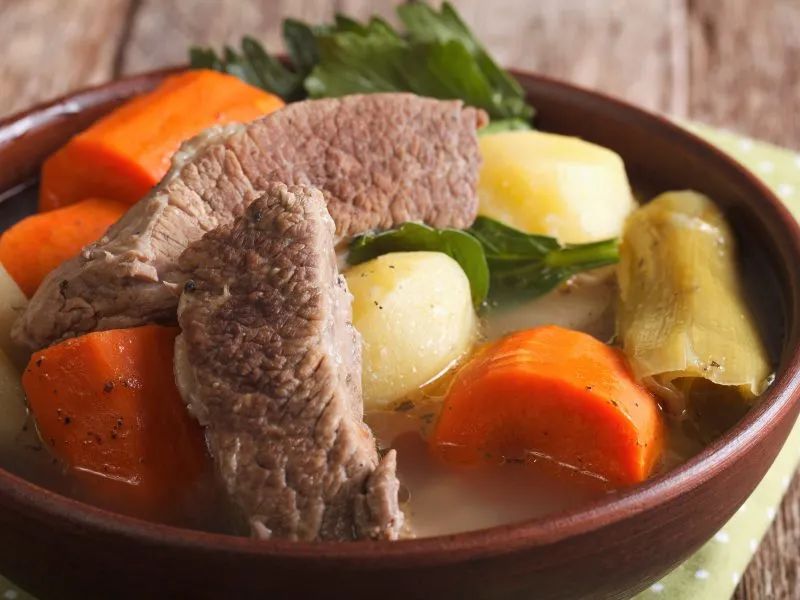
Spain: Paella
If you’ve been to Spain, you know how popular Paella is. Spanish Paella originates from Valencia and is considered a signature dish by the locals.
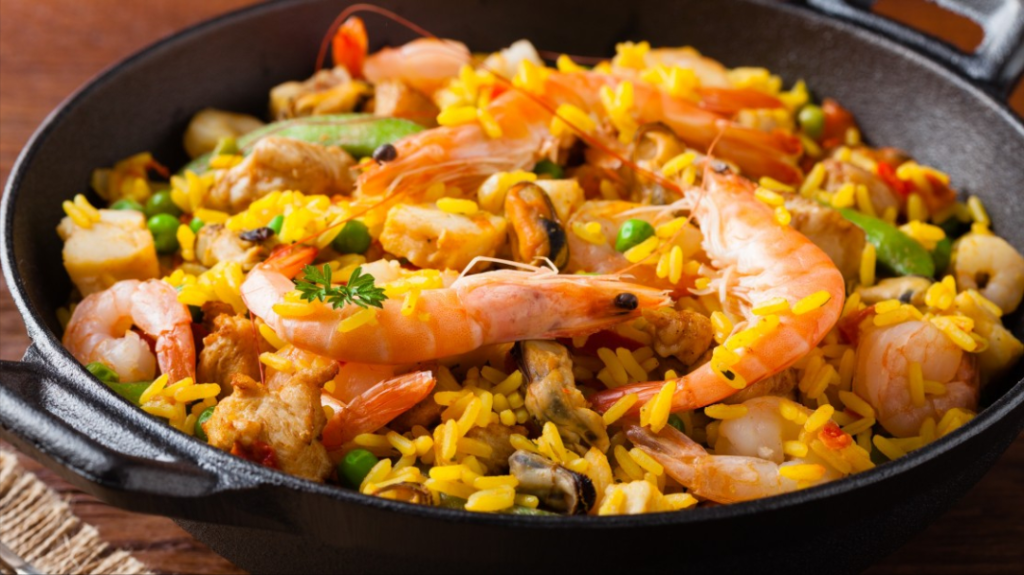
Spanish Paella can be made with various ingredients, but the traditional seafood version includes rice, saffron, herbs, green beans, and legumes. It may also feature rabbit, chicken, and snails. Saffron is essential, imparting a vibrant yellow color to the rice.
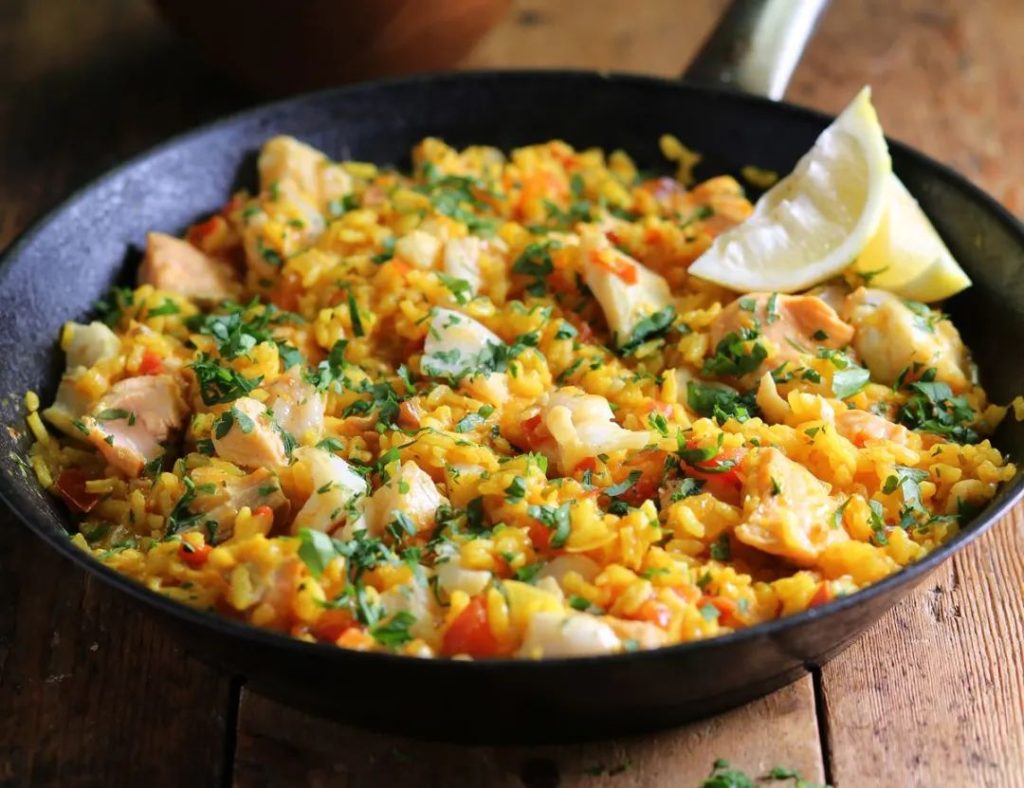
Italy: Tagliatelle Al Ragu
When in Italy, pasta is a must. Tagliatelle Al Ragu, Italian meat sauce pasta, combines tomato sauce with minced meat served over any type of Italian pasta. Even non-Italians can’t resist this comforting delight.

